Home cooks seeking to transform basic ground beef jambalaya into globally inspired masterpieces will discover actionable spice strategies in this guide. Unlike generic recipe blogs, we analyze why specific international blends harmonize with Creole foundations—revealing how umami-rich Korean gochujang balances acidity or why North African harissa amplifies the "Holy Trinity" without overpowering it. This isn't just substitution; it's culinary chemistry for weeknight dinners that travel the world.
Table of Contents
- What Exactly is Ground Beef Jambalaya?
- Spice 101: The Core Flavors Behind the Dish
- Global Spice Twists You Need to Try
- Pro Secrets to Building Flavor Layers
- Common Mistakes (and How to Avoid Them)
- Visual Flavor Guide: Spice Comparison Table
- Final Thoughts: Make It Your Own!
- Frequently Asked Questions
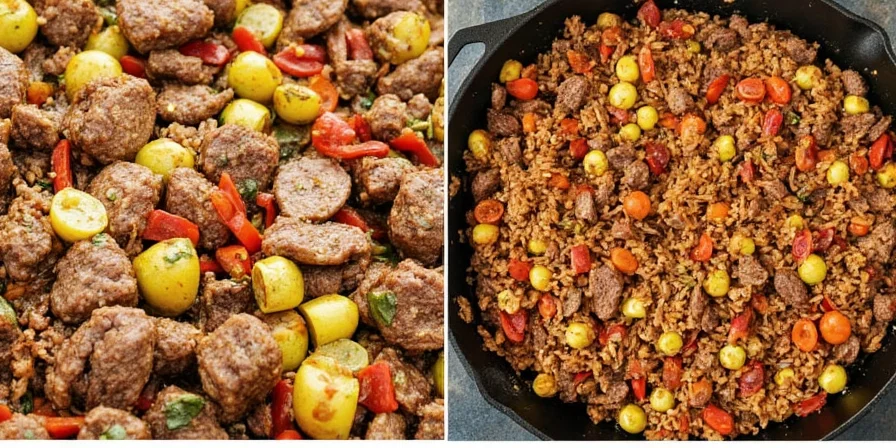
What Exactly is Ground Beef Jambalaya?
Traditionally made with smoked sausage, chicken, and rice cooked together in a single pot, jambalaya gets its signature kick from the "Holy Trinity"—onions, celery, and green bell peppers—plus paprika, garlic, cayenne, and sometimes Worcestershire sauce. Swapping traditional meats for ground beef creates a flavor canvas ideal for global experimentation: its dense texture absorbs complex spices more readily than poultry while maintaining the dish's soulful heartiness.
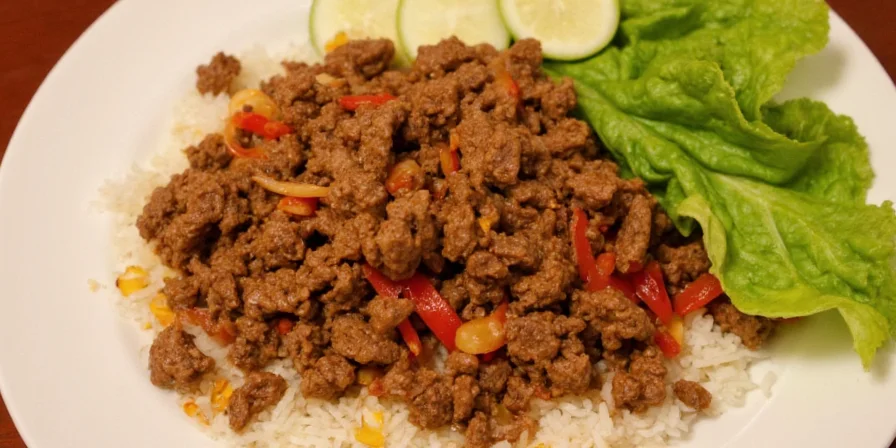
Spice 101: The Core Flavors Behind the Dish
Mastering jambalaya requires understanding how foundational spices interact:
- Paprika: Smoky or sweet varieties add visual depth and caramelized notes when bloomed in oil.
- Cayenne Pepper: Introduces gradual heat that mellows during simmering—never overpowering.
- Garlic Powder: Provides consistent savory undertones without raw pungency.
- Thyme & Bay Leaves: Earthy elements that anchor meaty richness without competing.
- Pepper: Freshly ground black pepper cuts through fat and brightens heavy components.
Global Spice Twists You Need to Try
These adaptations aren't random substitutions—they're scientifically harmonized with jambalaya's flavor architecture:
- Moroccan Twist: Ras el hanout's rose petals and lavender complement ground beef's iron notes, while cinnamon mimics traditional smoked sausage undertones.
- Indian Fusion: Garam masala's nutmeg and cardamom amplify the "Holy Trinity"'s sweetness, and ghee-infused oil carries fat-soluble spices deeper into the rice.
- Korean Kick: Gochujang's fermented umami bridges tomatoes' acidity and beef's richness, with sesame oil adding nutty complexity that stands up to long simmering.
- Mexican Mojo: Chipotle in adobo replaces cayenne with layered smokiness, while cumin's earthiness mirrors traditional Creole seasoning.
- North African Heat: Harissa's roasted red pepper base integrates seamlessly with the "Holy Trinity," and its garlic-cumin backbone reinforces existing flavors.
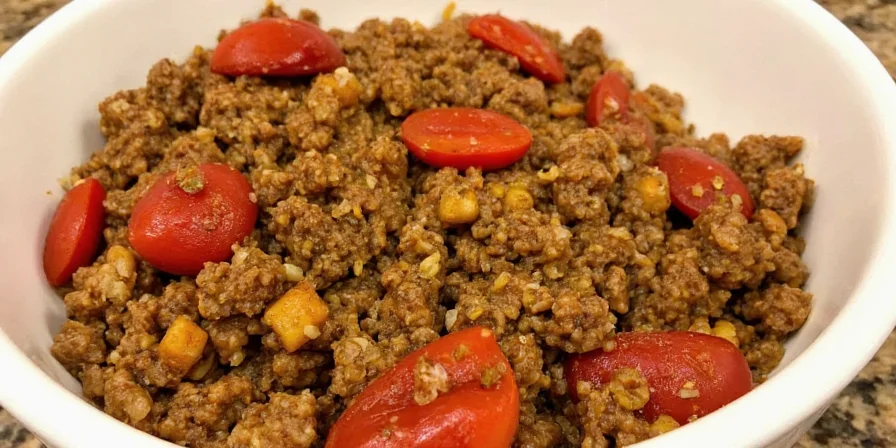
Pro Secrets to Building Flavor Layers
True flavor engineering requires precision timing:
- Bloom Dry Spices First: Heat cumin, coriander, or smoked paprika in oil 30 seconds before aromatics to release volatile compounds—this creates 3x more aromatic intensity than adding later.
- Add Fresh Herbs Late: Delicate herbs like cilantro lose 70% of volatile oils after 5 minutes of cooking. Stir in during final plating.
- Salt in Stages: Season meat pre-browning for cellular hydration, then adjust after rice absorption when flavors concentrate.
- Use Acid to Brighten: A 1:1 vinegar-to-citrus ratio (e.g., rice vinegar + lime) cuts fat without making the dish taste sour.
- Rest Before Serving: 15 minutes off-heat allows starches to fully hydrate and volatile spice compounds to redistribute evenly.

Common Mistakes (and How to Avoid Them)
| Mistake | Problem | Solution |
|---|---|---|
| Too much liquid | Jambalaya turns into soup | Reduce stock by ¼ cup or use less watery tomatoes |
| Over-seasoning | Dominates natural flavors | Season in layers, taste as you go |
| Rice undercooked or mushy | Texture ruins the experience | Stick to one variety, follow timing closely |
| No acid or freshness | Tastes flat | Add citrus zest or fresh herbs at end |
| Not browning meat enough | Lack of depth | Don't overcrowd pan; brown in batches |
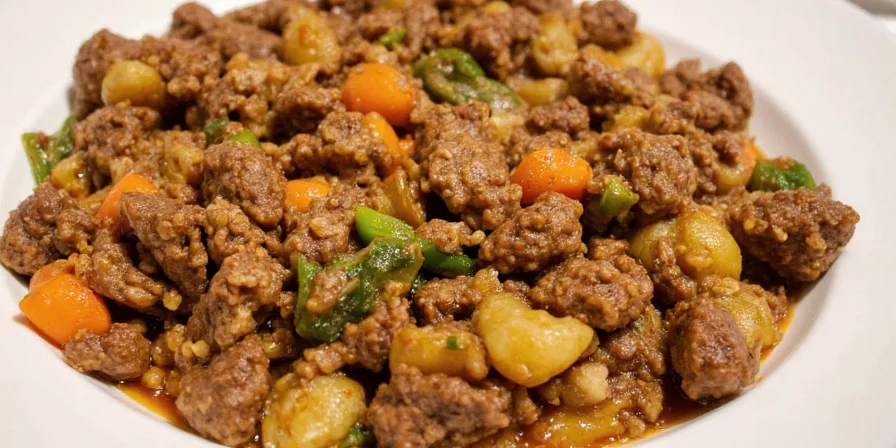
Visual Flavor Guide: Spice Comparison Table
Understanding compatibility prevents flavor clashes. This table identifies which global elements integrate versus compete:
| Spice Blend | Flavor Profile | Best Used With | Heat Level | Origin |
|---|---|---|---|---|
| Ras el Hanout | Earthy, floral, warm | Ground beef, lamb | Medium | Morocco |
| Garam Masala | Spiced, aromatic | Beef, lentils, rice | Mild | India |
| Harissa | Smoky, spicy, tangy | Chili-based dishes | Hot | Tunisia |
| Adobo Seasoning | Smoky, garlicky, zesty | Meat, beans, rice | Medium-Hot | Mexico/Caribbean |
| Gochujang | Umami-rich, sweet-salty | Stews, marinades | Mild to Hot | Korea |
Final Thoughts: Make It Your Own!
Jambalaya's magic lies in its adaptability. By treating global spices as flavor enhancers rather than replacements, you honor the dish's Creole roots while unlocking new dimensions. The key insight? Focus on complementary compounds: umami bridges (gochujang), smoky parallels (chipotle), and sweet echoes (cinnamon). This transforms cultural fusion from a gimmick into intentional cooking science—where every spoonful tells a story of culinary evolution.
Remember: Authenticity isn't about rigid tradition but respectful innovation. Your kitchen is the next chapter in jambalaya's journey.
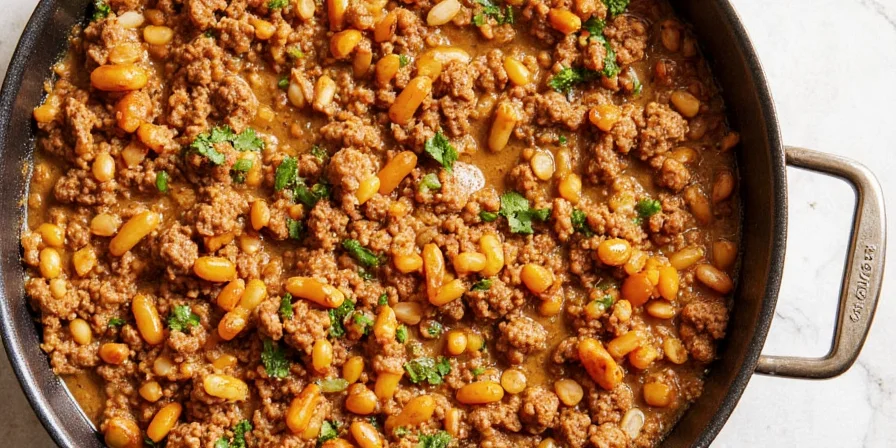
Frequently Asked Questions
Can ground beef jambalaya be made in under 30 minutes?
Yes, with strategic shortcuts: use pre-diced frozen "Holy Trinity" vegetables, bloom spices in 2 minutes while browning meat, and choose parboiled rice that cooks in 15 minutes. Skip the resting time if needed—the flavor layering techniques maintain depth despite faster cooking.
Which global spice blend works best for sensitive palates?
Garam masala is ideal—its mild warmth (nutmeg, cardamom) enhances without heat. Start with 1 teaspoon per pound of beef, added after the "Holy Trinity" softens. The blend's sweetness naturally balances tomatoes' acidity, creating approachable complexity.
How do I fix jambalaya that's too spicy?
Dilute heat without diluting flavor: stir in 2 tablespoons of full-fat coconut milk (adds creamy counterbalance) or 1 tablespoon of honey (triggers sweetness receptors that suppress heat perception). Acid like lime juice also disrupts capsaicin binding.
Why does my jambalaya always turn out mushy?
Overcooked rice stems from incorrect liquid ratios or premature lid removal. Use a 1.75:1 broth-to-rice ratio for ground beef versions (the meat releases extra moisture). Never stir after adding rice—this ruptures starch granules. Simmer covered for exactly 18 minutes, then rest covered off-heat.

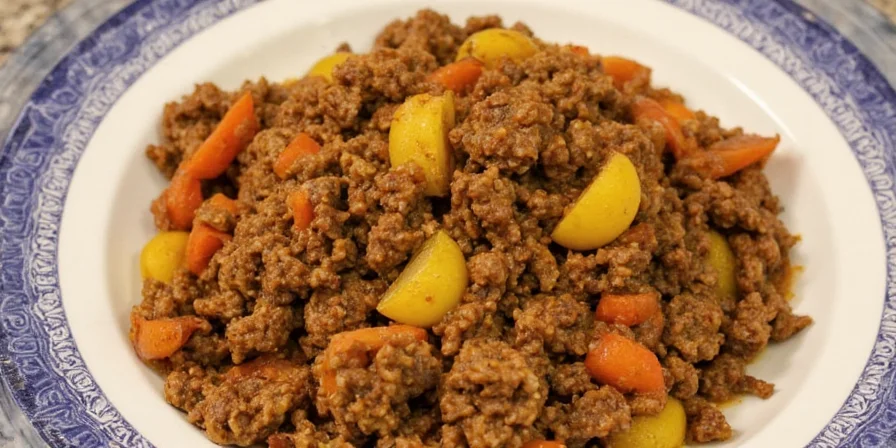









 浙公网安备
33010002000092号
浙公网安备
33010002000092号 浙B2-20120091-4
浙B2-20120091-4